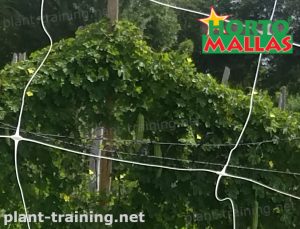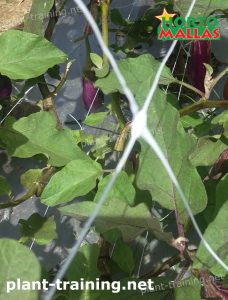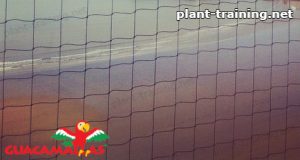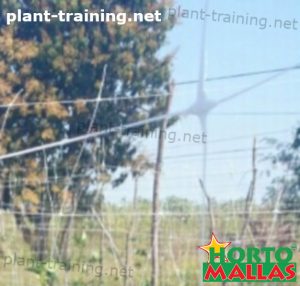Tips and tricks for the easy and effective sourcing and application of plant netting to save you time, money, and hassle
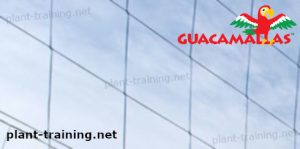
Plant netting is an essential part of any garden. It helps protect against every gardener’s worst enemy: birds. Even if you do not have a problem at the moment, you ever know when birds will strike, particularly if you have inviting new fruit plants that are just coming into season. For this reason, bird nets are a must have for any gardener. This article will provide some great tips for the entire process of finding, sourcing, applying and monitoring plant netting that will make it easy, cost effective, worthwhile and enjoyable in both simple situations such as basic plants and trees, and more complex situations involving espalier trellises and alike.
-
Choosing the right plant netting
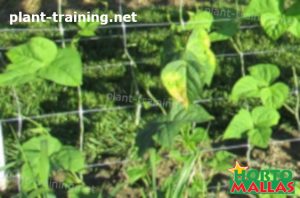
Choosing the right plant netting is always the most important step in the process. There are two aspects to this decision. The first regards material. There are a number of materials on the market, however not all of them may be suitable to you. Nylon is probably the cheapest option on the market, and will be suitable for temporary or seasonal usage in generally forgiving conditions. However, if you are looking for more permanent, heavy duty plant netting, you can’t go past hemp, which is a durable, heavier material that is guaranteed to last. It will not tear or break, unlike some of the cheaper options on the market such as nylon; however it will be in a higher price range. Also, a material like hemp is much more natural looking, and for many of us it is a far better-looking option.
The next decision to make regards the size of the holes. This decision relies largely on the purpose and your area, however generally plant netting with holes of between square centimeters and square inches should usually be sufficient, unless there are particularly small beaked birds in your area. Even smaller holed plant netting will still be adequate, so long as it does not get to the point whereby it becomes an obstruction to sunlight.
-
Buying plant netting in bulk from hardware stores
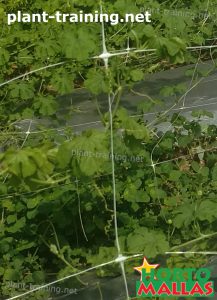
Once a decision has been made about what type of plant netting you want to buy, you must then find a way of sourcing it. There are two options for this. Firstly, there are a range of popular boxed plant netting sets that are on the shelves of gardening stores and hardware stores. These are reliable options; however they are not the right option.
The second option is to buy the bird net as raw material. Most hardware stores will offer plant netting on large rolls, and will cut pieces to your required size. Although boxed plant netting sets will advocate fancy features such as tapered edges, there is absolutely no difference in quality between these options and pieces cut off rolls in hardware stores. The raw material option will, however, be far cheaper, particularly if you shop around and find a hardware warehouse. As such, it is highly recommended that you get out in your garden, and take stock of how much you will need, so that you can make the journey to the hardware warehouse with a good idea of how much product you will need. Buying in bulk in this way at a hardware warehouse is guaranteed to save you money.
-
Getting around espaliers
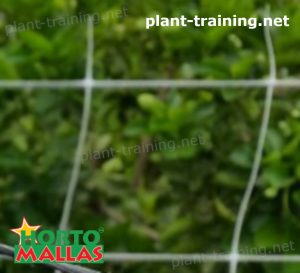
When you are applying your netting, there is no doubt that you will come across some difficult situations. It will not always simply be a matter of throwing netting over a plant or tree. Every garden, and indeed every plant, is different, and there is no one way to apply netting, however there are certain tips which can prove helpful in many situations. Espaliers are an example of such a situation. When dealing with espaliers that are set against a wall, it is a good idea to make use of hooks, which can be found at hardware stores. You will be able find temporary ones, which stick on, and permanent ones that screw in. If you live in windy areas, affixing the netting to the hooks using tape may be necessary. Attaching netting to espalier trellis is an even more complex situation. Using string is one option, however I prefer the use of cable ties, which are rather subtle when the end is cut off, leaving only the joint.
-
Monitoring your plant netting
Whilst you should be able to circumvent any issues with tearing in your netting by choosing a high quality, durable material, (such as hemp) it is highly important that you check and monitor your netting to ensure that no tears have opened up which would render the netting useless. Checking for tears every 6 months or so, or before the major seasons, is a good way to ensure that birds don’t get a chance. The other aspect of your netting that will require more constant checking is whether your netting is still covering all or your plants. One should do this every week or two, and more often if you live in an area with particularly violent or windy storms. Checking after each main weather event is a must.
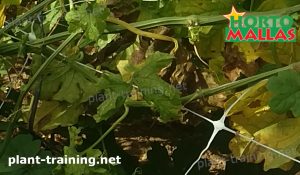
-
Decorate!
This final tip is one for those of you with a creative streak running through you. Decorating netting before you put it up will make your bird net look better in your garden, and will be a highly enjoyable process. Of course, it is not compulsory, but it is a great activity for a rainy day, especially if you have young children. With enough creativity, almost anything can be classified as decoration. Old beads, ribbon and any spare bits of material would all make for great decorations, so long as you have some spare glue around the place, but really, you have total control.
